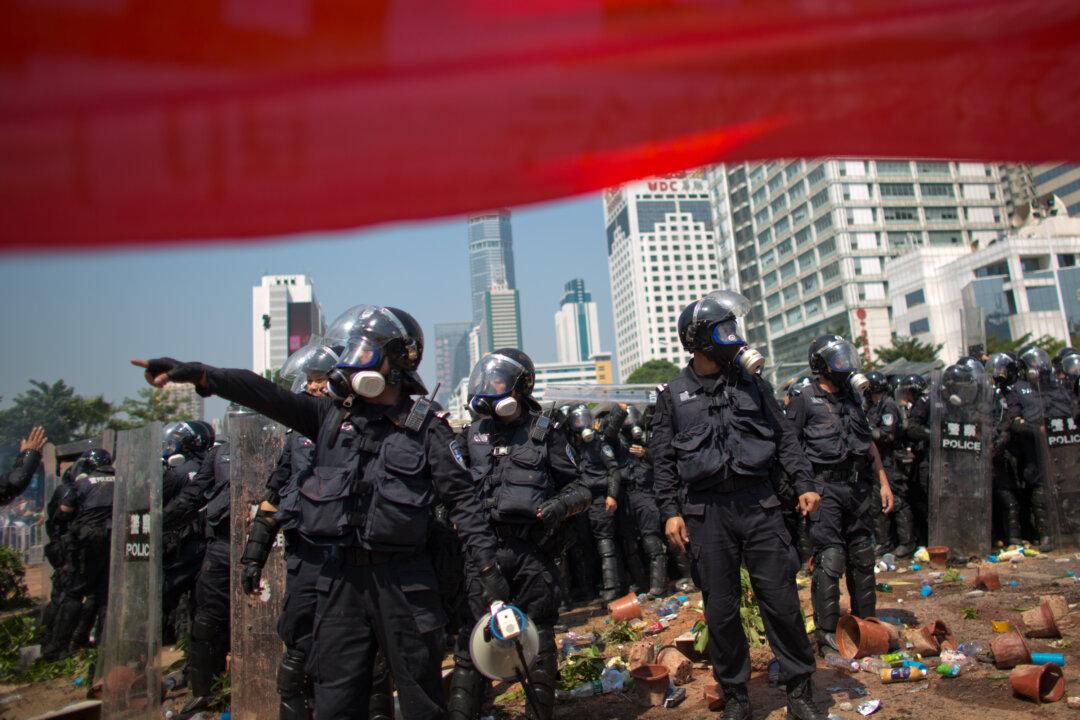Authorities in a southern Chinese city have withdrawn plans to build a crematorium after days of protests by locals which prompted comparisons with the ongoing protest movement in Hong Kong.
Last week, residents in the town of Wenlou in Guangdong Province clashed with riot police during protests against plans to build a large crematorium in an area officials had previously said would become an “ecological park.”





